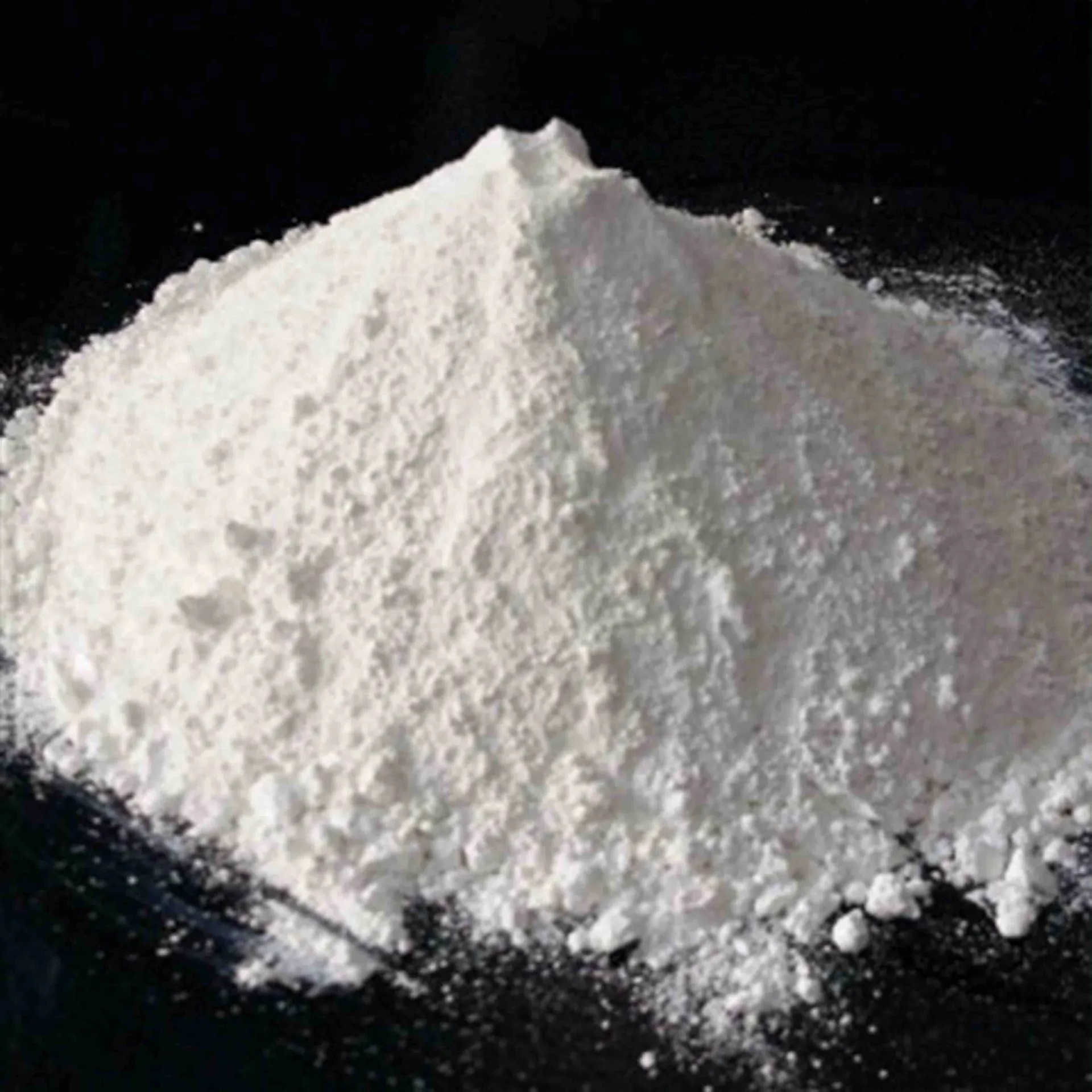
Jun . 23, 2025 11:18 Back to list
Comparing Titanium Dioxide with Other Whitening Agents in Papermaking
The paper industry relies heavily on whitening agents to enhance brightness and opacity. Among these, titanium dioxide (TiO₂) stands out as a premium choice due to its exceptional light-scattering properties. Many manufacturers seek high-quality titanium dioxide powder for sale to achieve superior paper whiteness. However, alternatives such as calcium carbonate, kaolin, and zinc oxide are also used.

The Superior Opacity of Rutile Titanium Dioxide Pigment
One of the key reasons rutile titanium dioxide pigment is preferred in papermaking is its high refractive index (~2.7), which far exceeds that of common fillers like calcium carbonate (~1.6) and kaolin (~1.56). This property allows TiO₂ to scatter light more effectively, providing unmatched opacity even at low concentrations. Unlike other whitening agents that require higher loadings to achieve similar effects, titanium dioxide powder ensures minimal impact on paper strength while maximizing brightness.
Additionally, the rutile form of TiO₂ is more stable and durable compared to the anatase form, making it ideal for applications requiring long-term brightness retention. Paper treated with rutile titanium dioxide pigment resists yellowing and maintains its whiteness under UV exposure, a critical advantage for high-quality printing and packaging papers.
Titanium Dioxide Manufacture and Its Impact on Performance
The production process of titanium dioxide manufacture plays a crucial role in determining its effectiveness as a whitening agent. The two primary methods are the sulfate process and the chloride process, with the latter producing purer and more consistent titanium dioxide white pigment. This high purity ensures minimal impurities that could otherwise affect paper brightness or cause defects.
In contrast, alternative whitening agents like calcium carbonate and kaolin are naturally occurring minerals that undergo simpler processing. While this makes them more cost-effective, their inconsistent particle size distribution and lower refractive index limit their whitening efficiency. Furthermore, some fillers may require additional optical brightening agents (OBAs) to compensate for their inferior light-scattering ability, whereas titanium dioxide powder delivers superior results independently.
Titanium Dioxide White Pigment vs. Alternatives
Despite its advantages, titanium dioxide white pigment is significantly more expensive than other whitening agents. This cost factor often leads paper manufacturers to blend TiO₂ with cheaper fillers like calcium carbonate or kaolin to balance performance and expenditure. However, such compromises can reduce overall paper quality, particularly in high-end applications where brightness and opacity are critical.
Alternative agents, while economical, often require higher dosages to achieve acceptable whiteness, which can increase bulk and reduce paper strength. Additionally, some substitutes may necessitate additional processing steps, such as coating or surface treatment, further diminishing their cost benefits. Thus, while titanium dioxide powder commands a premium price, its efficiency and performance often justify the investment for premium paper products.
Environmental and Health Implications of Titanium Dioxide Powder
The titanium dioxide manufacture process has faced scrutiny due to environmental concerns, particularly regarding sulfate process byproducts. However, advancements in production technology have reduced waste and improved sustainability. In contrast, mining and processing natural fillers like kaolin and calcium carbonate also carry ecological impacts, including land degradation and high energy consumption.
Health-wise, titanium dioxide powder is generally considered safe for use in paper products, though nanoparticle forms have raised some regulatory concerns. Alternative agents like zinc oxide, while effective, may introduce heavy metal risks if not properly refined. Thus, paper manufacturers must carefully evaluate both performance and safety when selecting whitening agents.
Why Titanium Dioxide Remains the Gold Standard
While cost-effective alternatives exist, titanium dioxide continues to dominate high-quality paper production due to its unparalleled brightness, opacity, and durability. The rutile titanium dioxide pigment variant, in particular, offers long-term stability that cheaper fillers cannot match. Although titanium dioxide white pigment is more expensive, its efficiency often reduces the total quantity needed, making it a viable choice for premium applications.
As the paper industry evolves, innovations in titanium dioxide manufacture may further enhance its sustainability and affordability. Until then, TiO₂ remains the benchmark against which all other whitening agents are measured. For manufacturers seeking titanium dioxide powder for sale, investing in high-grade TiO₂ ensures superior paper quality that meets the demands of discerning customers.
-
Application of Titanium Dioxide 2195 in Water Purification
NewsNov.14,2025
-
What are the global market trends of Titanox titanium dioxide in recent years
NewsNov.14,2025
-
Effect of particle size distribution on the optical properties of R996 TiO2
NewsNov.14,2025
-
Latest Technological Innovations in Rutile Titanium Dioxide Manufacturing
NewsNov.14,2025
-
Compatibility of Titanium Dioxide Concrete Pigment with Different Concrete Admixtures
NewsNov.14,2025
-
Environmental Impact of Titanium Dioxide Pigment Manufacturing and Mitigation Measures
NewsNov.14,2025
